#Ilo Battigelli
Explore tagged Tumblr posts
Text
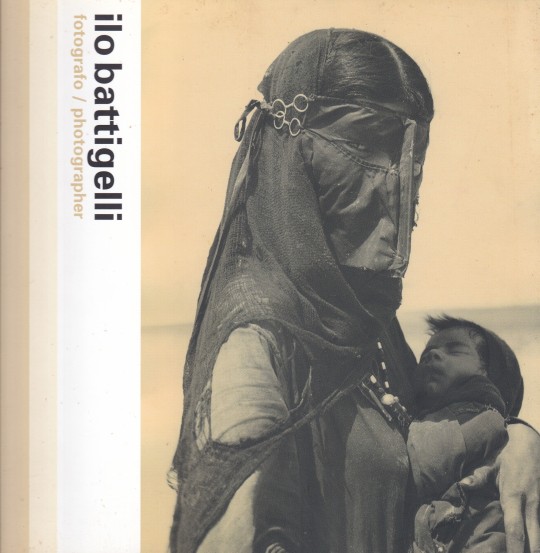
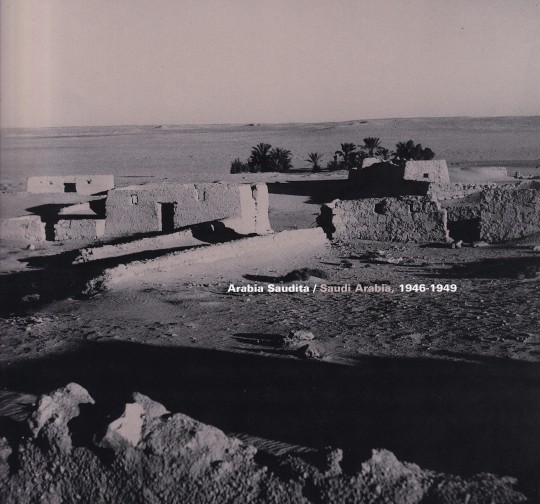
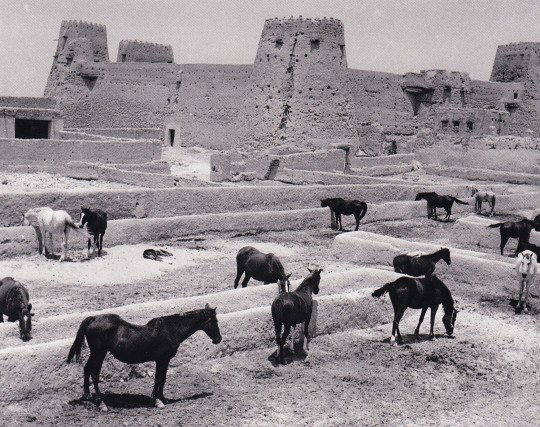

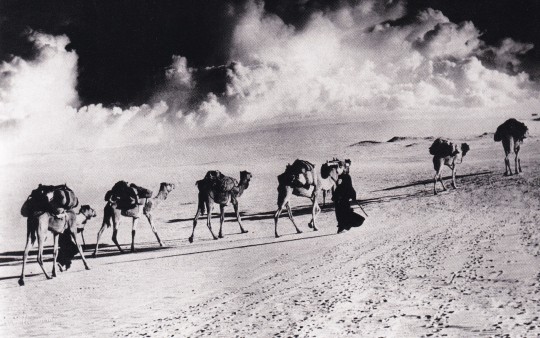
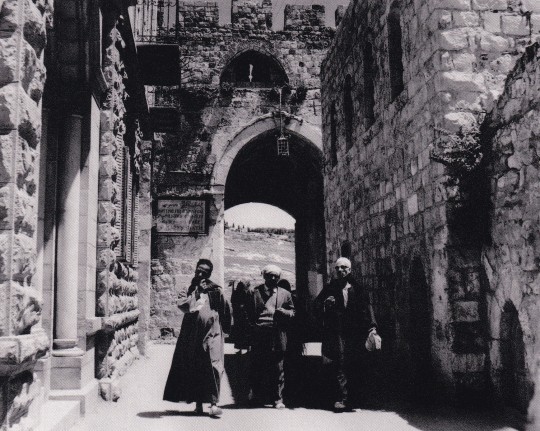
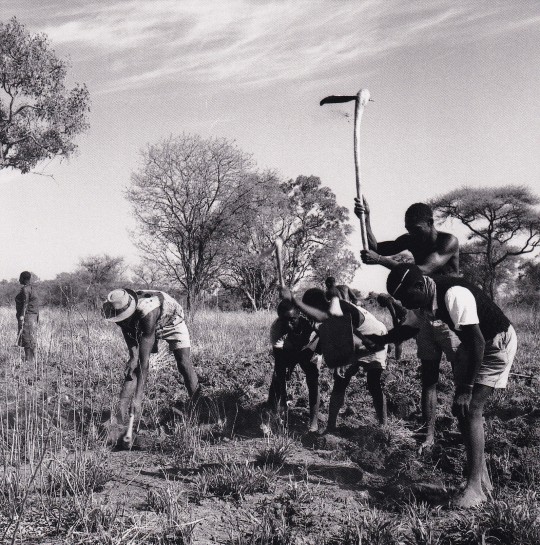
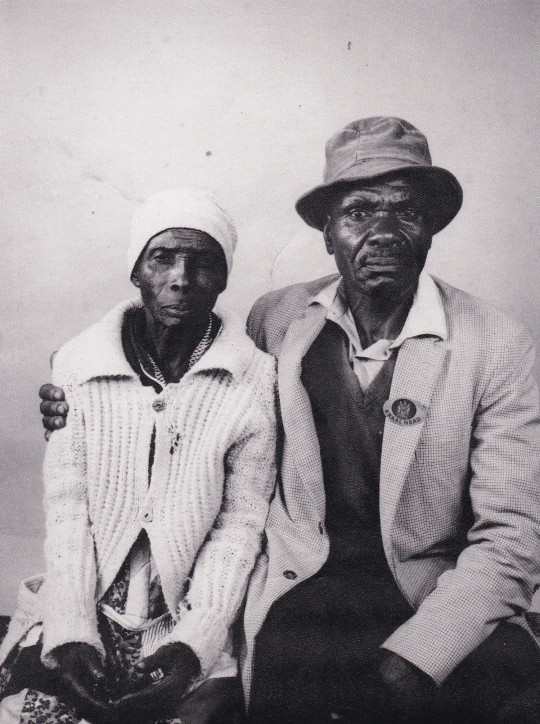
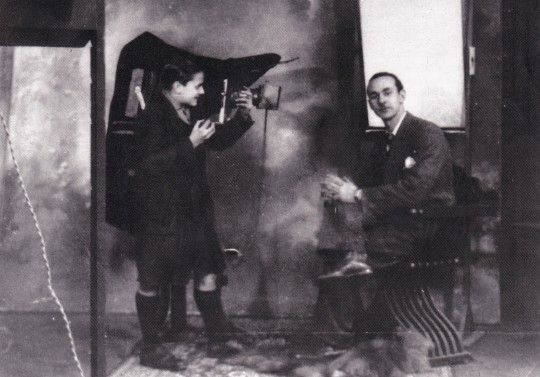
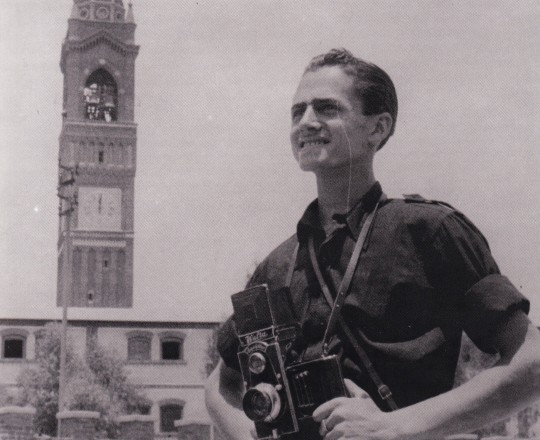
Ilo Battigelli
fotografo/photographer
Catalogo a cura di Antonio Giusa
Forum Ed., Udine 2005, 128 pagine, 24x22cm, ISBN 978884202765
euro 15,00
email if you want to buy [email protected]
Mostra Spilinbergo, palazzo Tadea 16 luglio - 2 ottobre 2005
Il volume, in versione italiana e inglese, presenta una significativa selezione del vasto patrimonio iconografico del fotografo Ilo Battigelli. Il suo destino avrebbe potuto essere simile a quello di tanti altri emigranti friulani, costretti a fare le valigie in cerca di lavoro e fortuna. Due circostanze, tuttavia, hanno fatto sì che la sua storia fosse diversa: lo zio Ernesto che lo avvia alla fotografia, gli insegna a gestire uno studio e a cercare le condizioni migliori per fermare nell'obiettivo architetture e paesaggi; e poi la strada dichiaratamente avventurosa che lo porta a trasformarsi in "Ilo il pirata", pseudonimo scelto nel deserto saudita. Una rigorosa padronanza del mestiere di fotografo si assomma, in lui, al desiderio di andare alla ricerca di nuove esperienze, attraversando i cinque continenti e ritraendo i paesaggi e la vita delle popolazioni locali.
31/12/23
#Ilo Battigelli#photography exhibition catalogue#Spilimbergo Palazzo Tadea 2005#photography books#Arabia#Africa#fashionbooksmilano
10 notes
·
View notes
Text
instagram
5 notes
·
View notes
Text

صورة بعنوان "العصا" التقطها المصور الإيطالي 🇮🇹 إيلو باتيجيلي Ilo Battigelli المعروف أيضاً بـ "إيلو القرصان" خلال تواجده في المملكة العربية السعودية ما بين 1946م-1954م.
الصورة للشيخ محمد بن راشد العمور الدوسري رحمه الله، من أوائل من سكن مدينة الخبر في المنطقة الشرقية من المملكة العربية السعودية.
الشيخ من وجهاء البلد والميسورين في ذلك الوقت بدليل ملابسه فالثوب مرودن تترو وما تحت الثوب قماش أبو غزالين والبشت ربما يكون بشت حساوي والحذاء مساجدية والغتره صوف كشمير والعقال على الرأس من النوع الفاخر والعصى منعمة معدة بمقبض وقلة من يجد مثلها.
#محمد بن راشد العمور الدوسري#تصوير#تصوير حر#التصوير#الخبر#المنطقة الشرقية#السعودية#السعوديون#المملكة العربية السعودية#تفاصيل#الدوسري#الشيخ#إيلو باتيجيلي#إيلو القرصان#ilo battigelli
27 notes
·
View notes
Text

Bedouin mother
1948
741 notes
·
View notes
Photo

Bedouin mother, 1948. Saudi Arabia. Photographed by Ilo Battigelli. via /r/TheWayWeWere https://ift.tt/2W3nUPF
2 notes
·
View notes
Photo



“During World War II, most American craftsmen served in the armed forces or worked in defense-related plants, creating a shortage in other sectors. Meanwhile, the Allied victory in North Africa left hundreds of skilled Italians in the former Italian colony of Eritrea standing idle, having been interned by the British in 1941 as prisoners of war. Some were released to work for American firms such as Douglas Aircraft, but guarding the remaining Italians in Eritrea continued to drain Allied resources. In 1943, Aramco received permission to build the Ras Tanura Refinery but found it lacked skilled workers. At the suggestion of Colonel L. T. “Stormy” Weathers, those in charge of the operation turned to the Italian internees for a new source of carpenters, plumbers, masons and other skilled labor. In 1944, after securing the King’s assent to the presence of Italian workers on a temporary basis, Aramco began the process of bringing in more than 1,000 men. Ilo Battigelli, an Italian photographer hired to document Aramco’s refinery construction project, recalled, “We left Eritrea for Saudi Arabia not for adventure, but out of hunger. I wanted to eat more than once a day.” Conditions were hard in Saudi Arabia, but the assignment gave the Italians an opportunity to earn wages from their skills. Half of the men were repatriated to Italy in late 1945 after the completion of the refinery, but the remainder stayed. The need for Italian craftsmen waned over the following decades, although the growth of Saudi Arabia’s industrial sector led to a hiring surge in 1951. With the arrival after 1948 of Palestinian refugees, who served as an alternative pool of skilled workers, the number of Italians dwindled to 33 by 1961.” - Theodore J. Brockish et al., Energy to the World: The Story of Saudi Aramco. Aramco Services Company, 2011. ”By 1944, as the allies regained control of the sea, the United States shipped more materials to Saudi Arabia and also sent some Italian prisoners of war there to work as laborers. Joined by local Arabs, they built a refinery at Ras Tanura, a pipeline to Bahrain, and a U.S. air force base to protect them at Dhahran.” - Mark Weston, Prophets and Princes: Saudi Arabia from Muhammad to the Present. Hoboken, New Jersey: John Wiley & Sons, 2008. p. 150. ”Workers’ struggles at the point of production also affected the formation of labor policy [in Saudi Arabia’s oil fields]. A strike in 1943 by Indian workers at the Ras Tanura refinery in Saudi Arabia compelled the Arabian American Oil Company (Aramco) into using Italian prisoners of war as slave labor.”
- Midnight Notes Collective, “To Saudi With Love: Working Class Composition in the Mideast” in Midnight Oil: Work, Energy, War, 1973-1992. Autonomedia, 1992. p. 25. Image (top): Italian prisoners of war, Oran, Algeria, 1943. Middle: Italian workers from the former Italian colony of Eritrea started to arrive in 1944 to help alleviate a labor shortage. Skilled craftsmen among the group built stone buildings that are still in use today, including the Dhahran dining hall, pictured in 1948, and the nearby U.S. Consulate. Bottom: Ras Tanura Refinery, 1946.
#World War Two#prisoners of war#saudi arabia#saudi aramco#oil fields#pipeline politics#dhahran#united states#british empire#fascist italy#italy during world war 2#forced labor#unfree labor#slavery and oil#carbon politics#oil imperialism#necropolitics#ras tanura#ras tanura refinery#oil refinery
1 note
·
View note
Photo

Photography: Saudi Arabia, (1946-1954) Photographer: Ilo Battigelli (1922-2009)
205 notes
·
View notes
Photo










Ilo Battigelli
fotografo/photographer
a cura di Antonio Giusa
Testi Antonio Giusa, Danielle Battigelli
Apparati Elisa Bertaglia, Tamara Gregori
Forum Editrice, Udine 2005, 128 pagine, Isbn 978-8884202765
CRAF Centro di ricerca e archivazione della fotografia
euro 15,00
email if you want to buy [email protected]
Il volume, in versione italiana e inglese, presenta una significativa selezione del vasto patrimonio iconografico del fotografo Ilo Battigelli. Il suo destino avrebbe potuto essere simile a quello di tanti altri emigranti friulani, costretti a fare le valigie in cerca di lavoro e fortuna. Due circostanze, tuttavia, hanno fatto sì che la sua storia fosse diversa: lo zio Ernesto che lo avvia alla fotografia, gli insegna a gestire uno studio e a cercare le condizioni migliori per fermare nell'obiettivo architetture e paesaggi; e poi la strada dichiaratamente avventurosa che lo porta a trasformarsi in "Ilo il pirata", pseudonimo scelto nel deserto saudita. Una rigorosa padronanza del mestiere di fotografo si assomma, in lui, al desiderio di andare alla ricerca di nuove esperienze, attraversando i cinque continenti e ritraendo i paesaggi e la vita delle popolazioni locali.
orders to: [email protected]
ordini a: [email protected]
twitter:@fashionbooksmi
instagram: fashionbooksmilano
designbooksmilano
tumblr: fashionbooksmilano
designbooksmilano
#Ilo Battigelli#Ilo il pirata#Arabia Saudita#Rhodesia#Gerusalemme#New York#photography books#libri di fotografia#fashionbooksmilano
6 notes
·
View notes
Photo




Photographs: 1. “Dhahran, Saudi Arabia”, 1940s 2. “Turk architecture in Al-Qatif”, 1940s 3. “King Ibn Al Jaud Visit Rastanura”, 1940s 4. “Before Night - Arabia”, 1940s Photographer: Ilo Battigelli (1922-2009) was an Italian master photographer whose photos of the Eastern province of Saudi Arabia created a unique record of Old Saudi Arabia. Little was known of this area at the time, and his photos, depicting social and economic life during an important phase in the development of the Kingdom of Saudi Arabia. Battigelli arrived in Saudi Arabia in 1944, after being recruited with other Italians by Saudi Arabian King Abdul Aziz to work for the Ras Tanura Refinery project. Living in camps with his fellow Italians, they could not leave camp without special permission. After offering to photograph the children of Emir Turki ibn Al Utaishan, he and the Emir become close friends, and as a result, he was allowed to travel all around the Eastern Province. He took photos of the area until 1954 when he left the country. Battigelli is remembered as one of the first few to document places and events in the Kingdom of Saudi Arabia.
73 notes
·
View notes
Photo

bedouin mother
688 notes
·
View notes


